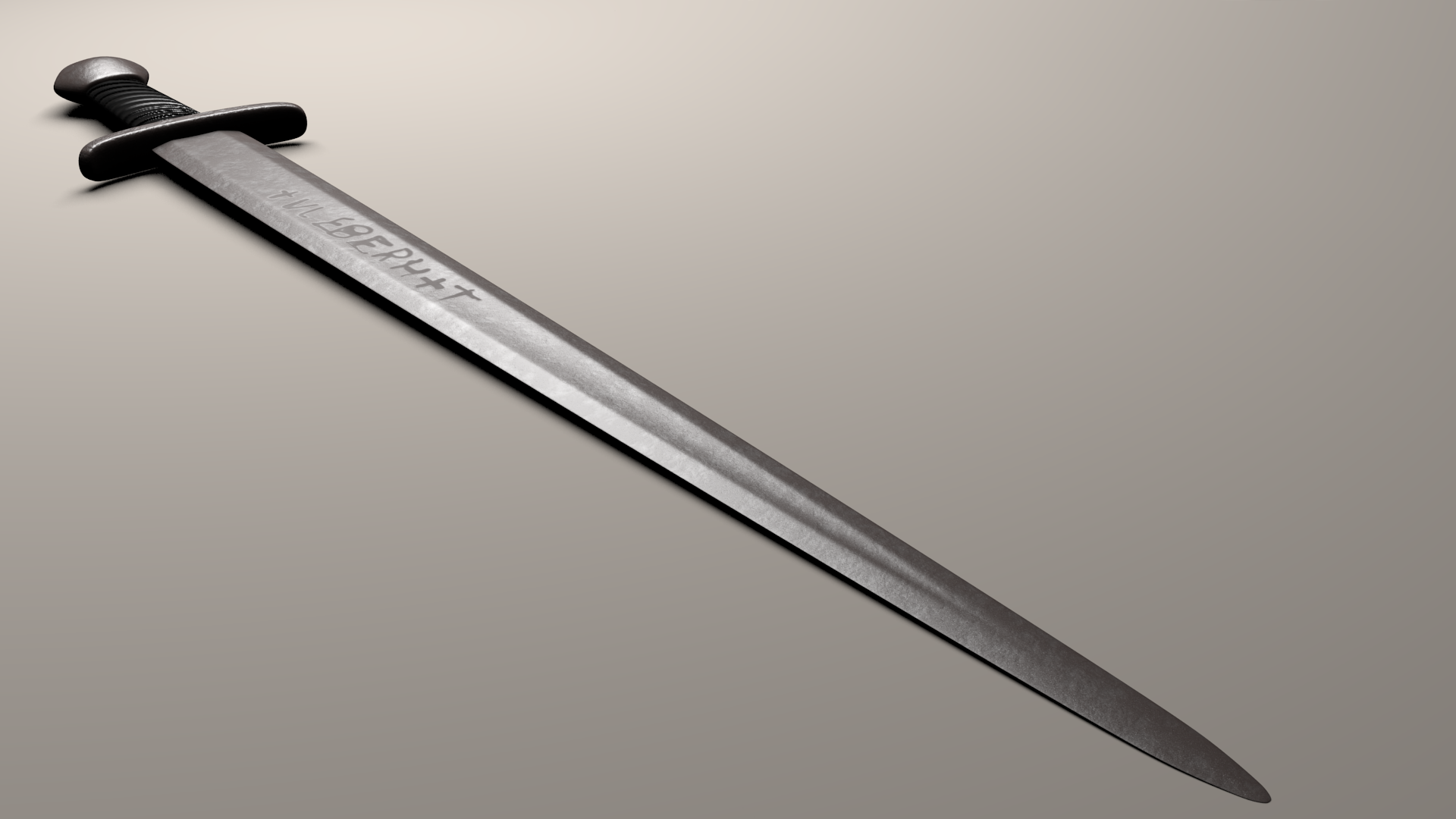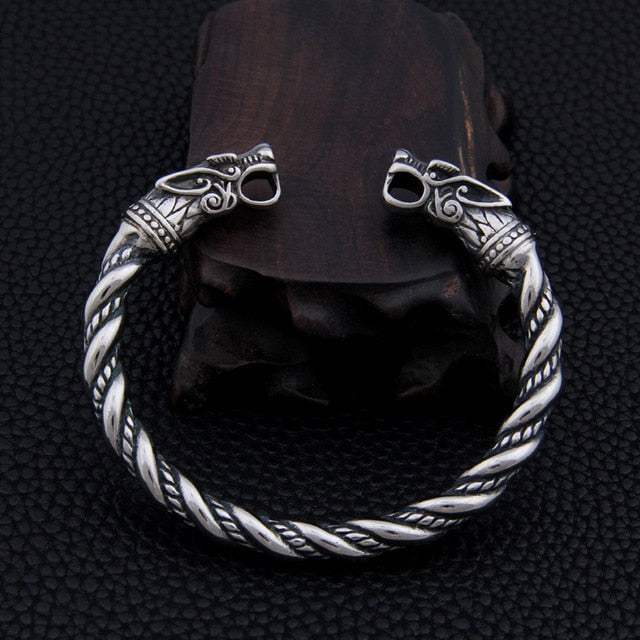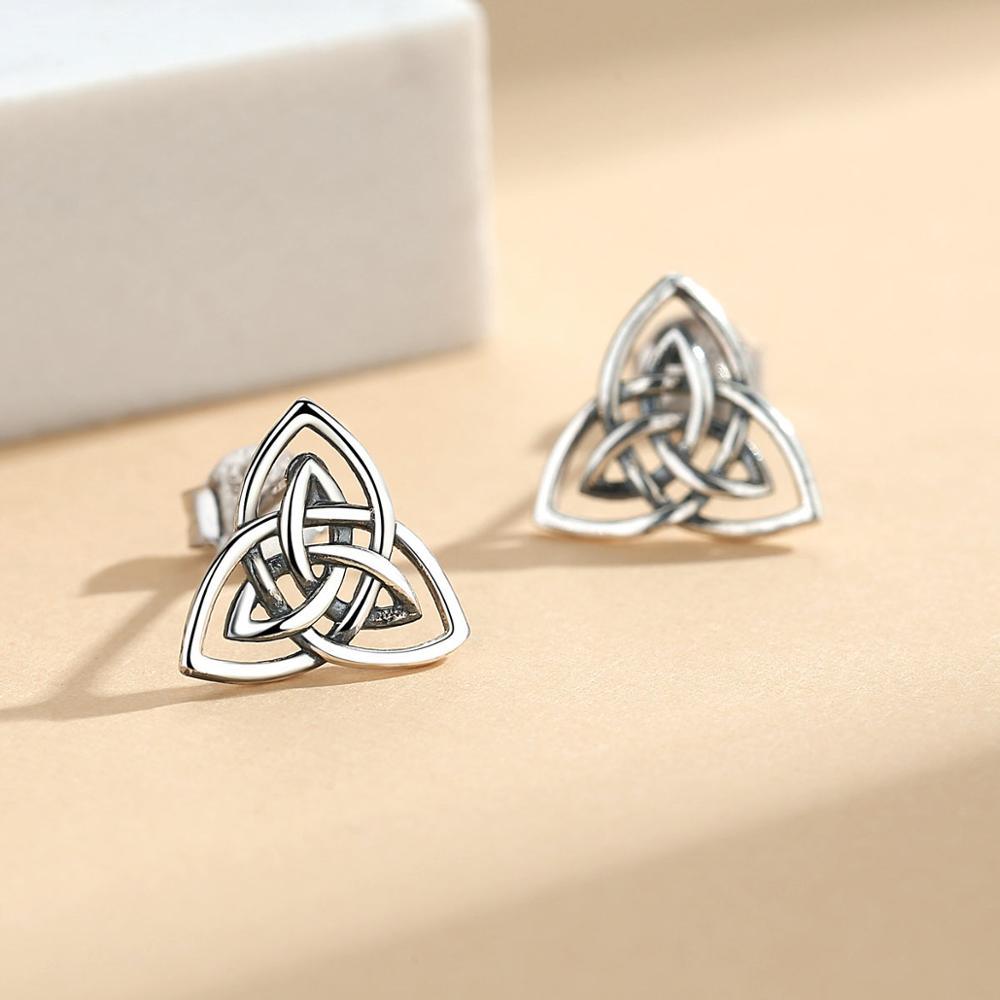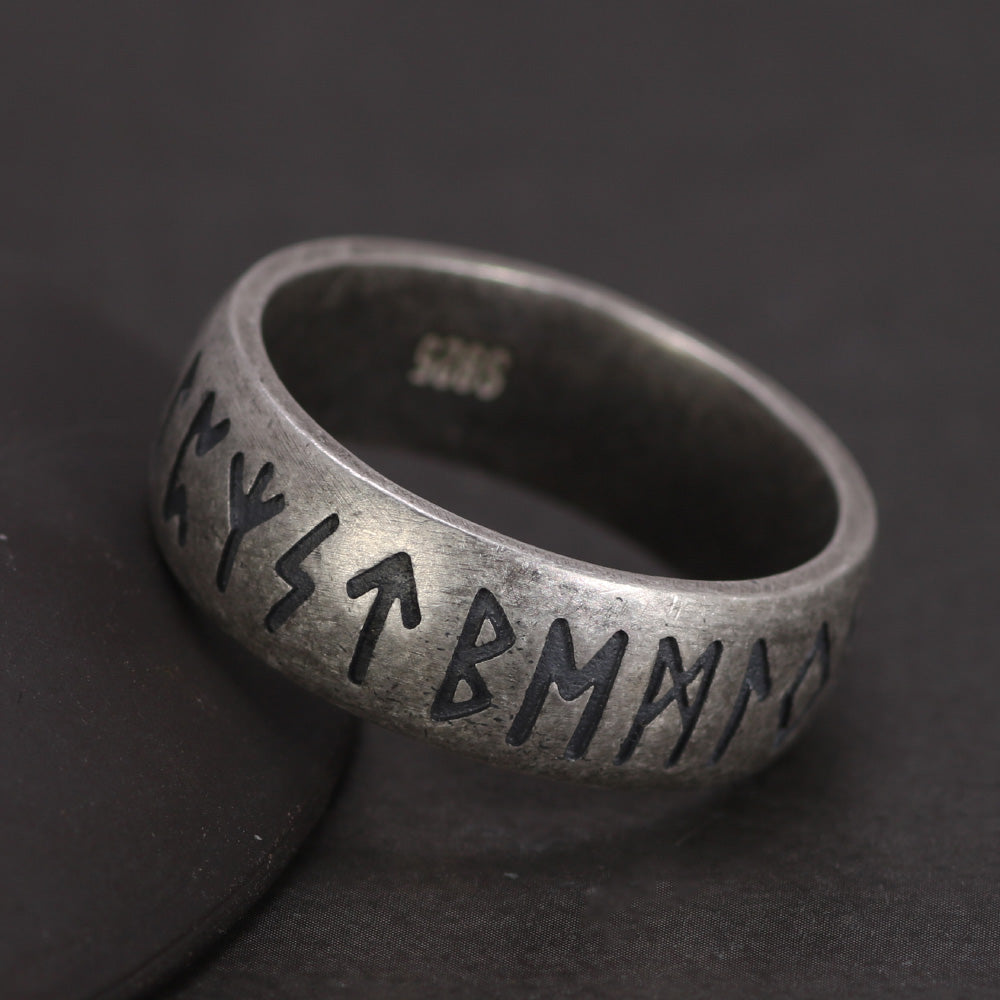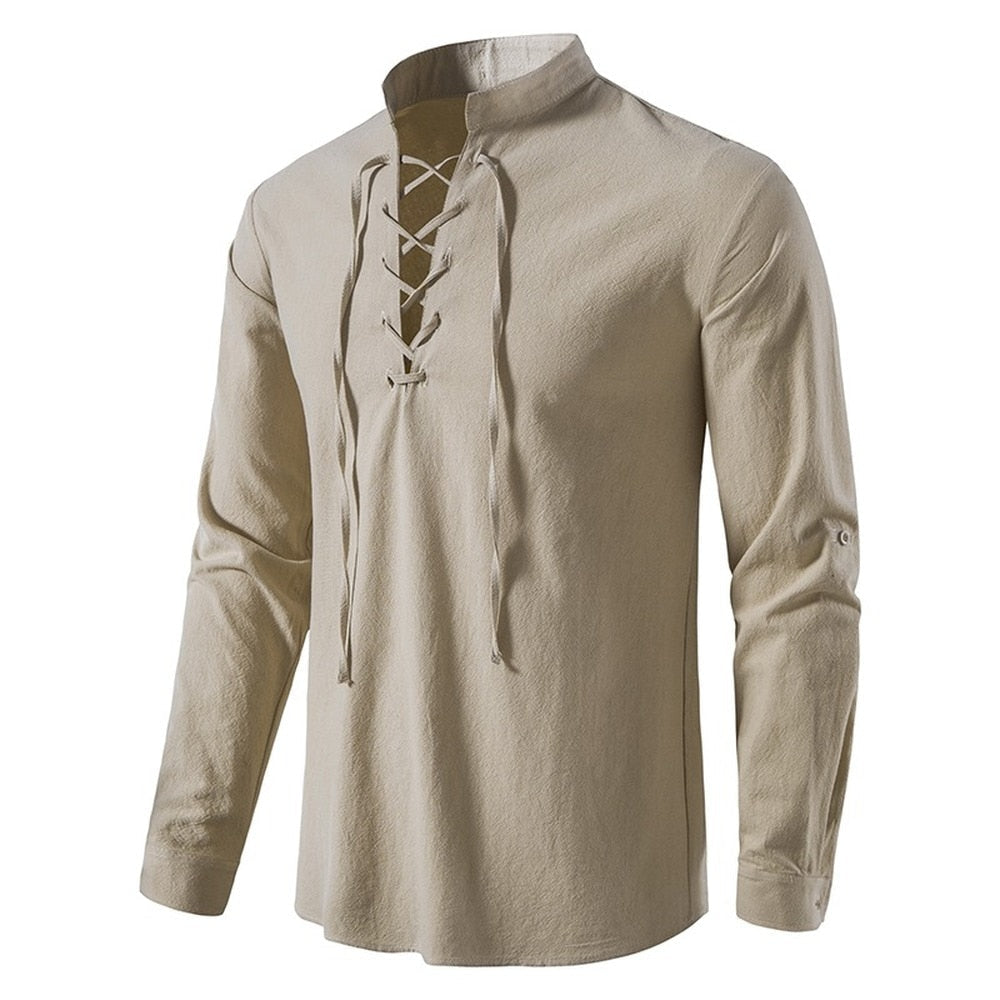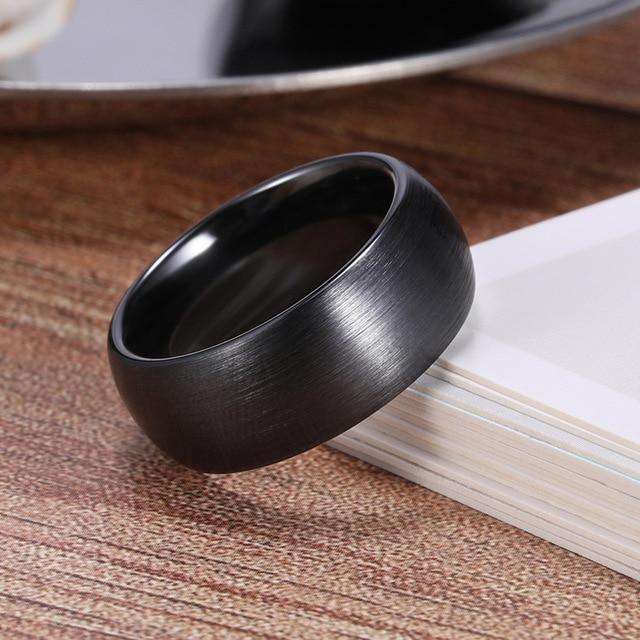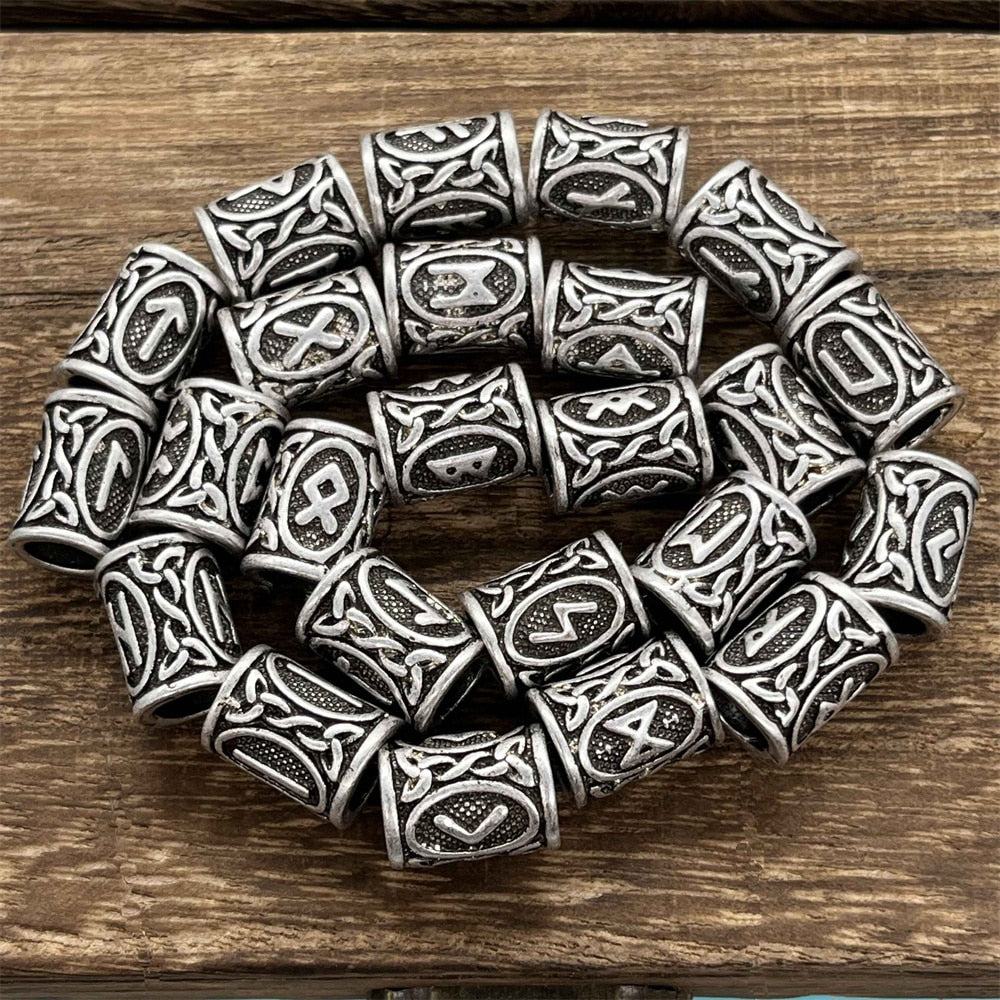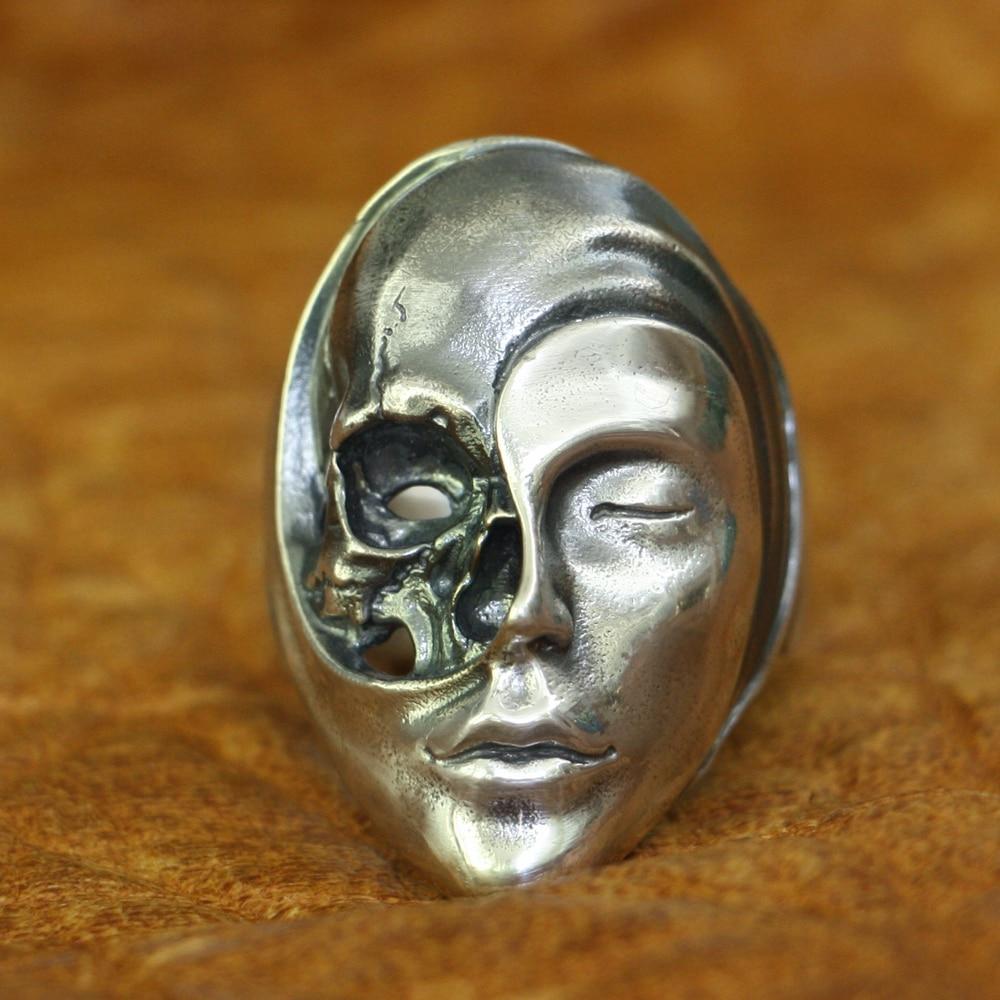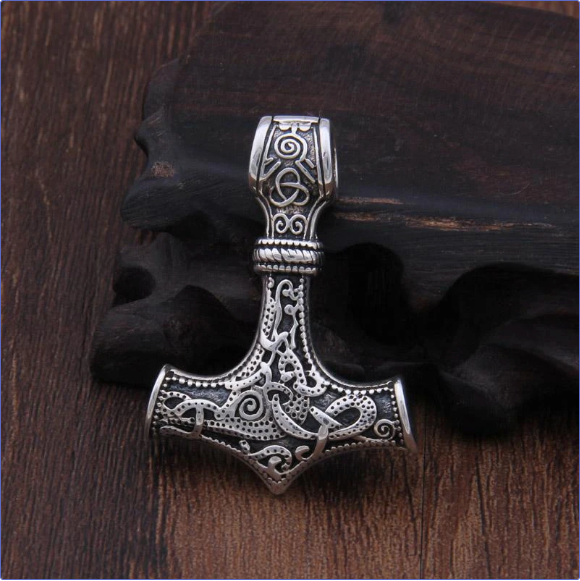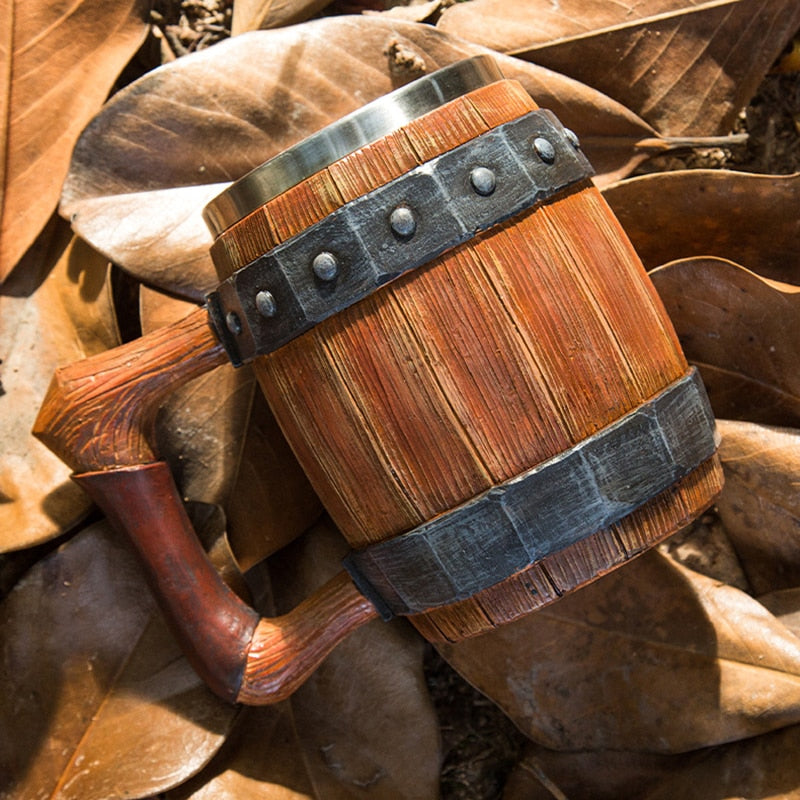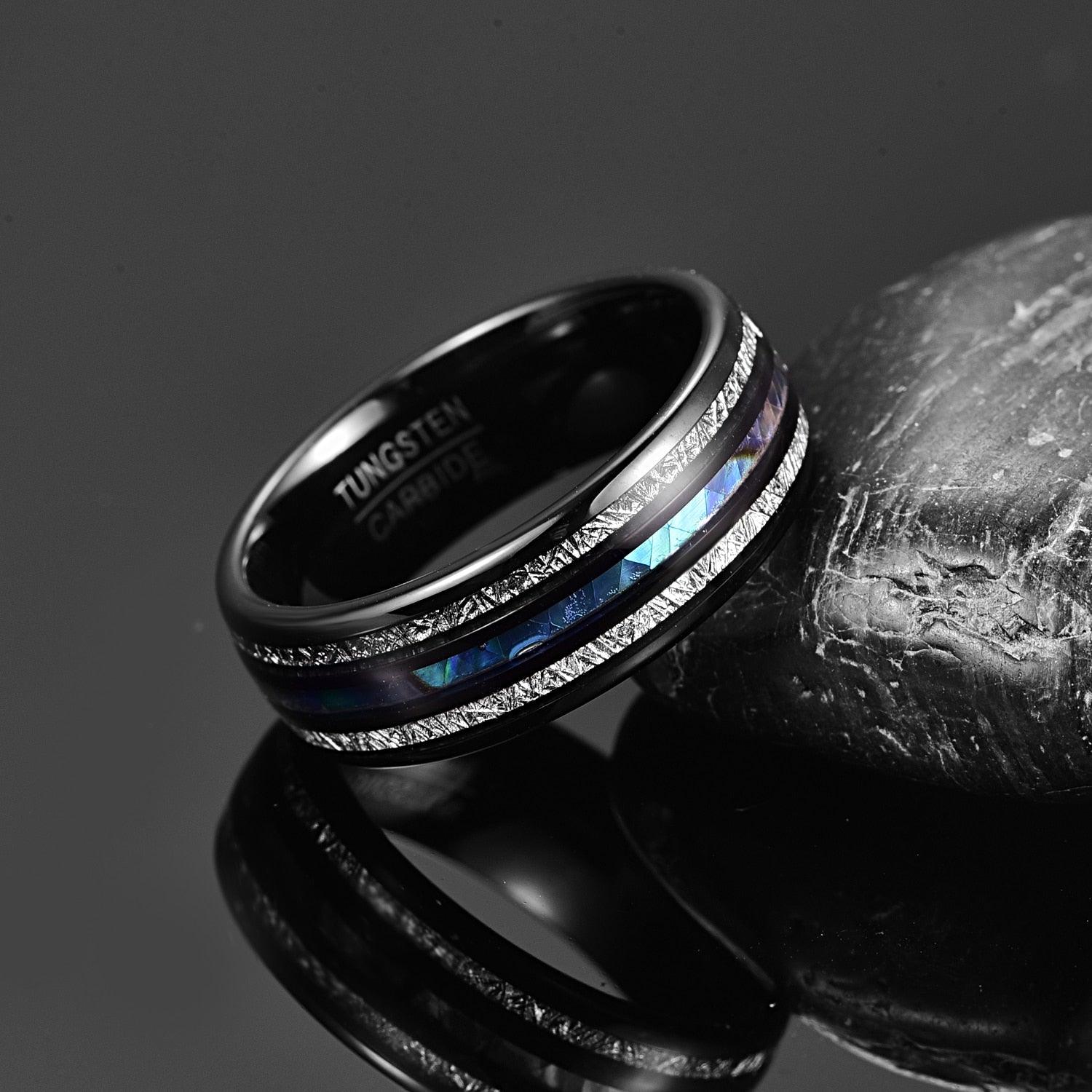More than just weapons, Viking swords were symbols of power, heritage, and craftsmanship. Revered in sagas and feared on the battlefield, these blades played a central role in Norse culture, marking status, skill, and even spirituality.

Origins and Evolution
The earliest Norse swords, dating from the late 8th century, were heavily influenced by Roman and Frankish designs. As the Viking world expanded through raiding and trading, the designs were adapted and refined to better suit the Norse needs. Most Viking swords were double-edged, designed for slashing rather than thrusting, and typically measured between 90 to 100 centimeters in length.
The blade itself was sometimes made of pattern-welded iron — an intricate forging technique that created stronger and more flexible swords. Pattern-welding involved twisting and combining different types of iron and steel, often resulting in beautiful, wave-like patterns along the blade. These weren’t just for show; the method gave the blade resilience against breakage.
As the Viking Age progressed (circa 793–1066 AD), the construction of swords became more standardized, with blades often being imported from the Frankish empire, notably those stamped with the name “ULFBERHT,” a sort of medieval brand name. These were high-quality, crucible steel swords that represented the peak of weapon technology at the time.
Symbolism and Status
Not every Viking carried a sword. In fact, due to the time, labor, and material costs involved, swords were expensive and generally reserved for the elite. A sword was as much a status symbol as it was a weapon. Wealthy warriors often named their swords — a tradition captured in Norse sagas — and passed them down through generations. Some bore names like “Leg-Biter” or “Gold-Hilt,” and they were thought to have spirits or personalities of their own.
The decoration of the sword often reflected the owner’s rank. Hilts and pommels were commonly adorned with silver, bronze, or even gold, and inlaid with intricate designs. Some were decorated with interlacing patterns, animals, or mythical creatures like serpents and dragons. These embellishments weren’t just decorative; they represented protection, strength, and divine favor.

Construction and Components
A Viking sword consisted of several distinct parts:
Blade: Typically straight, double-edged, and broad, often with a central fuller (a groove) to reduce weight without compromising strength.
Hilt: Made from wood, bone, or antler, wrapped in leather or wire for grip.
Guard and Pommel: Often made from iron or precious metals and shaped in various styles. The pommel not only served as a counterweight to the blade but also as a platform for decoration.
Archaeological discoveries have uncovered thousands of Viking swords across Scandinavia, the British Isles, and Eastern Europe. Some graves even contain swords that were deliberately broken or bent — possibly to prevent their use in the afterlife or to symbolically release the weapon’s spirit.
The ULFBERHT Mystery
One of the most fascinating chapters in the history of Viking swords is the tale of the ULFBERHT blades. These swords bear an inscription that reads “+VLFBERHT+,” a name believed to be either a swordsmith’s signature or a brand from a workshop in the Frankish Empire. What makes these swords remarkable is their quality. Metallurgical analysis reveals that ULFBERHT blades contained much higher carbon content than their contemporaries, closer to modern steel.
The mystery deepens with the discovery of numerous fakes — swords that attempted to replicate the ULFBERHT name but used inferior materials. This reveals a medieval arms market rife with imitation and competition, and underscores the value and prestige associated with owning a true ULFBERHT blade.

Cultural Legacy
Viking swords have transcended their historical context to become enduring symbols of Norse heritage. In popular media, literature, and reenactments, they remain a focal point of Viking identity. Museums across Europe proudly display these artifacts, reminding us of a time when craftsmanship, courage, and culture were forged in steel.
In modern archaeology and historical studies, the Viking sword is more than a weapon — it's a lens into the warrior ethos, social structure, and artistic achievements of the Norse people. These blades tell stories not just of battle, but of identity, belief, and legacy.
From the storm-lashed fjords of Norway to the green fields of England, Viking swords carved both history and myth. They were wielded by raiders and kings, honored in sagas, and buried with reverence. Today, they continue to captivate historians, collectors, and enthusiasts alike — enduring relics of a fierce and fascinating age.

Bibliography
Peirce, Ian. Swords of the Viking Age. Woodbridge: Boydell Press, 2002. ISBN: 9780851159034
Oakeshott, Ewart. The Archaeology of Weapons: Arms and Armour from Prehistory to the Age of Chivalry. Woodbridge: Boydell Press, 1994. ISBN: 9780851157894
Williams, Gareth. Viking: Life and Legend. London: British Museum Press, 2014. ISBN: 9780714123362
